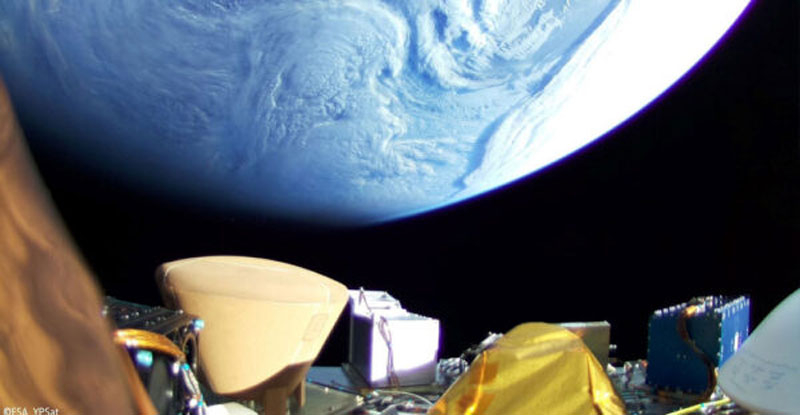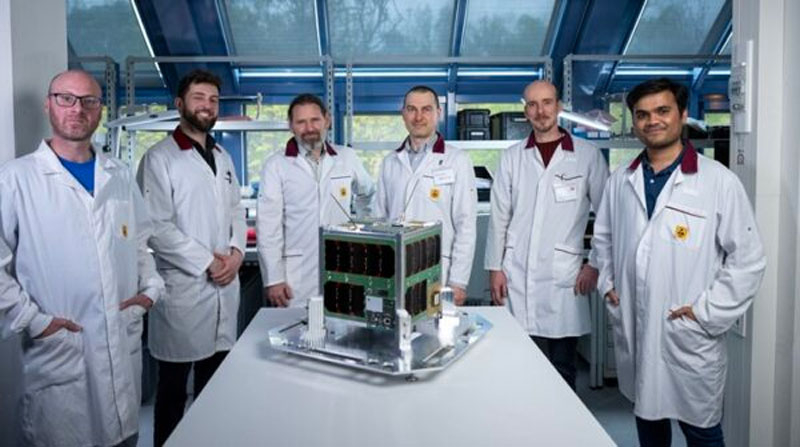The European orbital experiment OOV-Cube at an altitude of 933 km showed the high resistance of thin-film tandem perovskite solar cells to radiation. In this regard, they turned out to be no worse than traditional silicon elements and at the same time promise to increase the efficiency of space solar installations from 22–25% to 35% and even up to 45%. Moreover, tandem perovskite cells have proven the ability to self-heal, which in itself is worth a lot.

Image source: ESA
The OOV-Cube (On-Orbit Verification Cube) mission is being carried out with the participation of the European Space Agency, which ensured the launch of a small satellite into orbit in July 2024. The satellite was manufactured by Rapid Cubes GmbH. It carries several experimental photovoltaic panels of two types, all of them with perovskite films: some elements consist of layers of perovskite and silicon, and others of perovskite and CIGS (copper indium gallium selenide). The elements themselves were created by a group of scientists from the University of Potsdam, the Helmholtz-Zentrum Berlin research center and the Technical University of Berlin.

Tandem solar cells allow more light to be collected over an expanded sensitivity range. In both cases, the perovskite absorbs photons in the blue-green spectrum, while silicon and CIGS absorb photons in the red and infrared, thereby achieving a higher level of efficiency for tandem cells. While questions remain about perovskite’s longevity, on-orbit testing has shown that perovskite-silicon tandem panels degrade similarly to traditional silicon modules, easing some of the concerns that they could degrade more quickly.
The orbital altitude of OOV-Cube is chosen such that the satellite flies in the Van Allen belt closest to Earth, where radiation is highest. This was done specifically to test the ability of perovskite elements to repair damage on their own. The first results are encouraging.